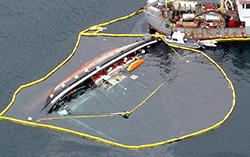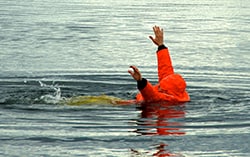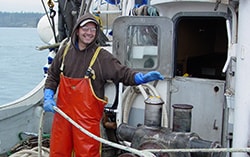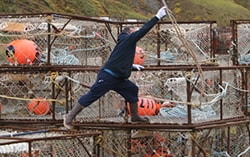Commercial Fishing Safety

Commercial Fishermen retrieve a crab pot from the Bering Sea. Image by Johnathan Hillstrand
Commercial fishing is a significant driver of the United States and global economy. In 2019, commercial fishermen harvested 9.3 billion pounds of seafood earning over $5.5 billion.1 Salmon, lobster, crab, and scallops are some of the highest valued species. However, this work is not without risks. Commercial fishing is one of the most hazardous occupations in the United States with a fatality rate over 40 times higher than the national average in 2019.2 Characteristics of fishing operations include heavy weather, long work hours, strenuous labor, and working with hazardous machinery.
Since 1991, the NIOSH Western States Division (WSD) office in Alaska has conducted studies of fishing safety to reduce the incidence of injuries and fatalities among the nation’s fishermen. To do this, NIOSH developed the Commercial Fishing Incident Database (CFID) to track work-related fatalities in the industry. Our studies of CFID data show that while hazards can differ between fisheries and regions, the greatest dangers to fishermen are vessel disasters, falls overboard, and machinery on deck.
To learn more about NIOSH research goals and activities related to commercial fishing safety and health, please visit the NIOSH Center for Maritime Safety and Health Studies and NIOSH Agriculture, Forestry, and Fishing Program pages.




